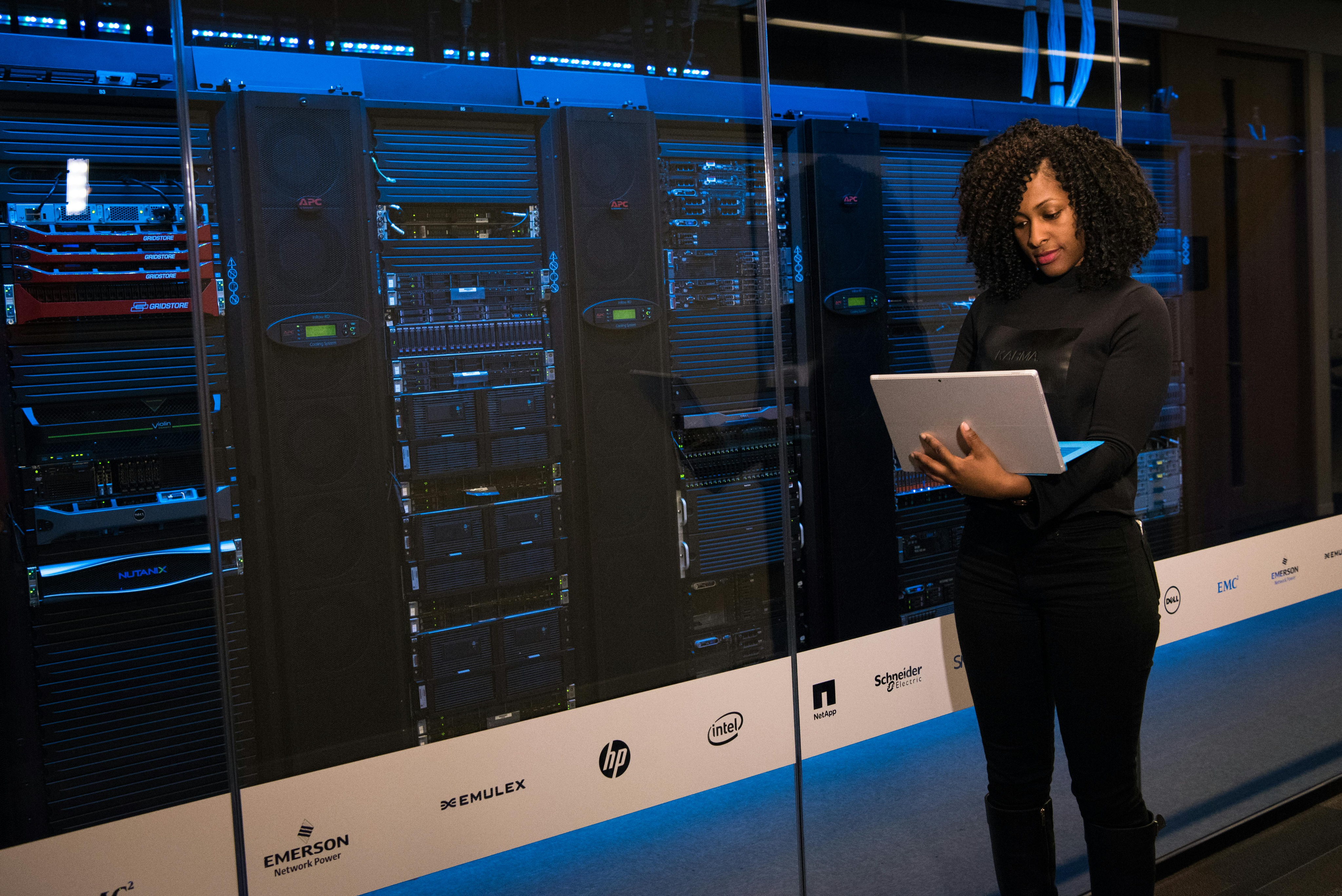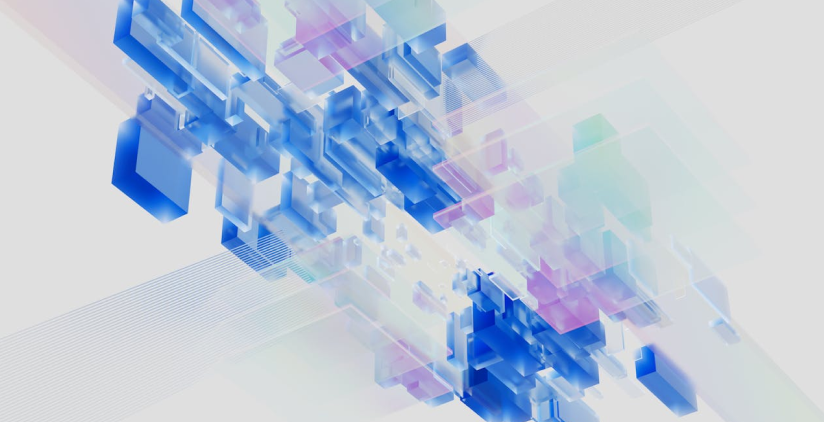Abstract
As storage devices get faster, data management tasks rob the host of CPU cycles and DDR bandwidth. In this session, we examine a new interface to storage devices that can leverage existing and new CPU and DRAM resources to take over data management tasks like availability, recovery, and migrations. This new interface provides a roadmap for device-to-device interactions and more powerful storage devices capable of providing in-store compute services that can dramatically improve performance. We call such storage devices “eusocial” because we are inspired by eusocial insects like ants, termites, and bees, which as individuals are primitive but collectively accomplish amazing things.








